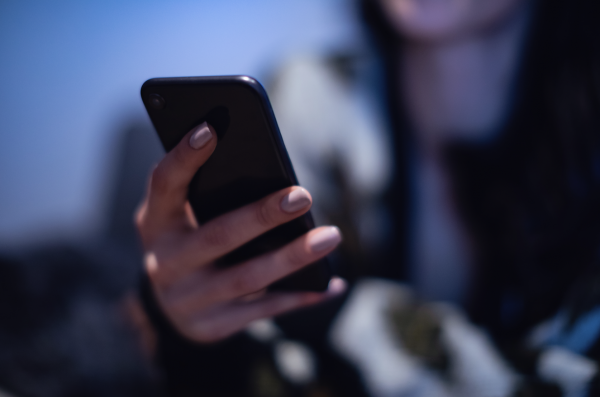In April Apple and Google announced plans to jointly build COVID-19 tracing into iPhone and Android operating systems. The move marked a major partnership between these competitors in an effort to limit the spread of COVID-19. Android and iOS updates that included this COVID-19 contact tracing feature were publicly released on May 20. You will not see a new app on your phone as part of the update nor will you be able to download an Apple or Google app from the store. Instead, all phones now have an “Exposure Notification” API (application programming interface) that can be used to develop a contact tracing app.
Let me guess, you are already getting worried about privacy?
Individuals and countries have grappled with this potential solution/problem for months and varying decisions have been made across the globe. With privacy in mind, Apple and Google decided that only public health agencies will be allowed to develop contact tracing apps taking advantage of this Exposure Notification API. Without any ownership or direction from the federal government, it has been left up to each state to decide if and how they will utilize this technology for contact tracing.
Here is how a potential contact tracing application could work:
- A state develops and approves a contract tracing app utilizing this technology
- The state then communicates the potential benefits and expectations of this totally voluntary contact tracing process
- Users who opt into the program would download and install the app on their phone
- The phones Bluetooth capability records all of the other phones within close contact, anonymously sharing each phones’ unique identifier (not personal information)
- Phones would keep a journal of roughly one month’s worth of contact information
- Users with a confirmed positive diagnosis can decide to upload their list of identifiers to the cloud
- The state would manage this database of information stored in the cloud including identifying which phones are associated with positive cases and the time periods of their possible infection
- Your phone (with its unique identifier) would periodically download infection-related data from the cloud
- If your phone has been identified as being in close contact with a confirmed case, you will be told to contact a health authority
- None of your personal information is made available nor is that of the infected individual
The good news is that the technology already exists and could be implemented in a very short time. The bad news is that current national culture of mistrust suggests that both the state approval and user adoption of this technology would be a significant undertaking.

New York’s contact tracing pilot program has been implemented in coordination with tri-state neighbors New Jersey and Connecticut and will operate through the next flu season. NY State’s program does not utilize phone-based contact tracing and instead utilizes an army of contact tracers using the following plan intended to prevent the spread of COVID-19 with four key steps:
- Labs will report positive cases of COVID-19 immediately to contact tracers on a daily basis
- The contact tracer will then interview the positive patient to identify people they may have been in contact with over the past 14 days
- The contact tracer will notify and interview each contact to alert them to their risk of infection and instruct those contacts to quarantine or isolate for 14 days to be sure they don’t spread COVID-19 to others
- The contact tracers will monitor those contacts by text throughout the duration of their quarantine or isolation to see if the contacts are showing any symptoms
The most glaring contrast between the phone’s ability to trace contacts and the process established by NY State is that the likelihood of identifying potentially-infected contacts is based solely on the memory of those infected and their ability to identify potential contacts. What follows in NY State is a labor intensive, manual process of contacting the individuals potentially infected. As NY State continues to open up, the volume and velocity of close contacts could increase and the ability to identify all potential contacts could become increasingly more challenging. Privacy advocates have clearly won this battle, potentially setting the stage for future discussions at the federal level regarding the use of existing technology to aid in the rapid requirements of contact tracing.

Read more of Insyte’s #ReopenWNY blog series:
Reopen WNY: Covid-19 Visual Controls – As your employees start coming back and settling into their existing or new jobs, the time is right to think about enhancing your visual controls.
Reopen WNY: The New Office Environment – With an estimated 60+% of employed Americans working from home during the pandemic, the latest wave of change surrounds getting these people safely back to the office.
Reopen WNY: Touchless Visitor Sign In – If you are considering a visitor management system, this blog highlights those that offer touchless options & are compliant with NYS COVID-19 guidelines.
Reopen WNY: Workplace Activity – As manufacturers work to reopen their facilities and begin production, New York state has issued the Reopen NY Master Guidance for Manufacturing Activities.
More from our blog: click here.

